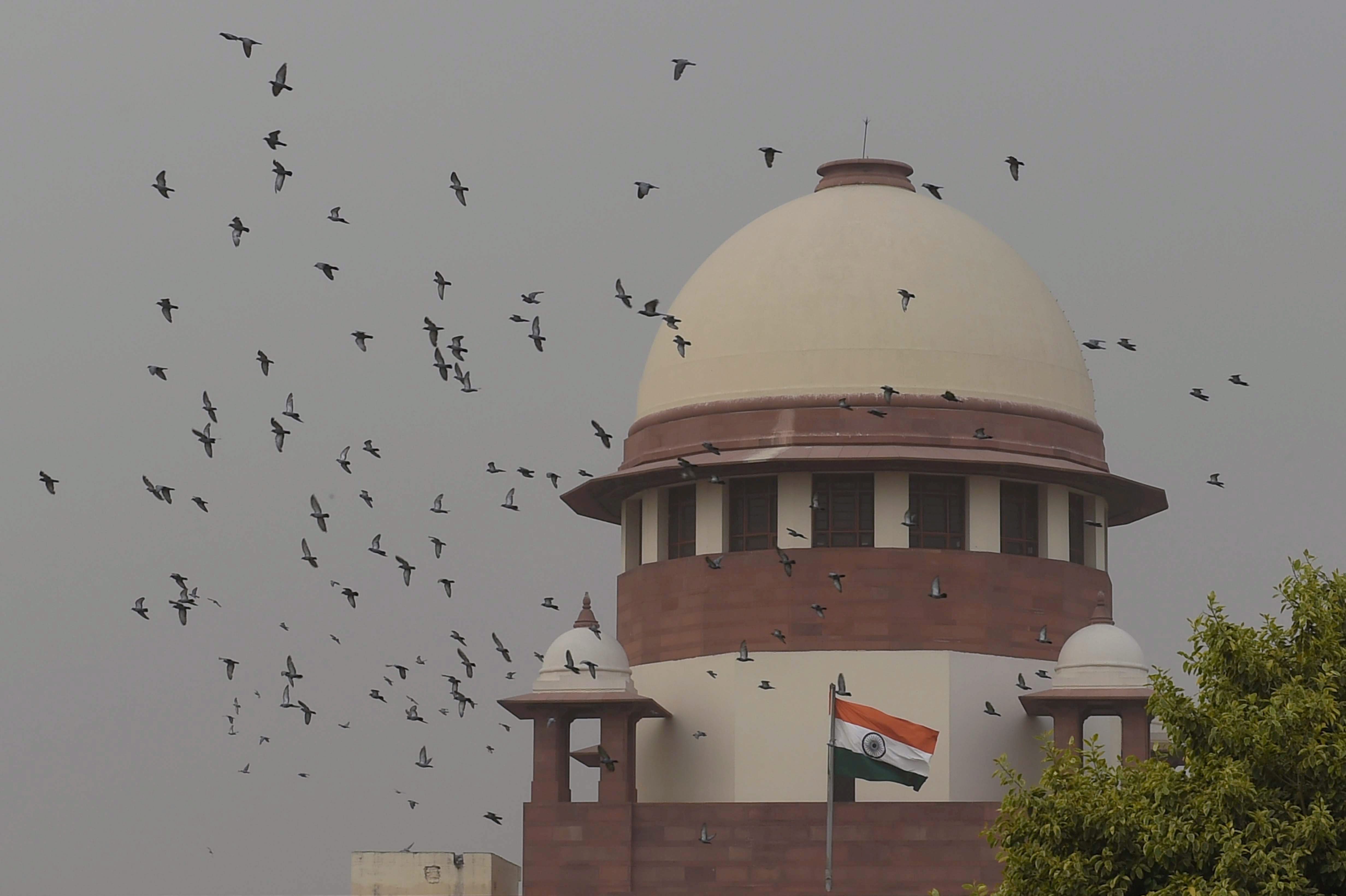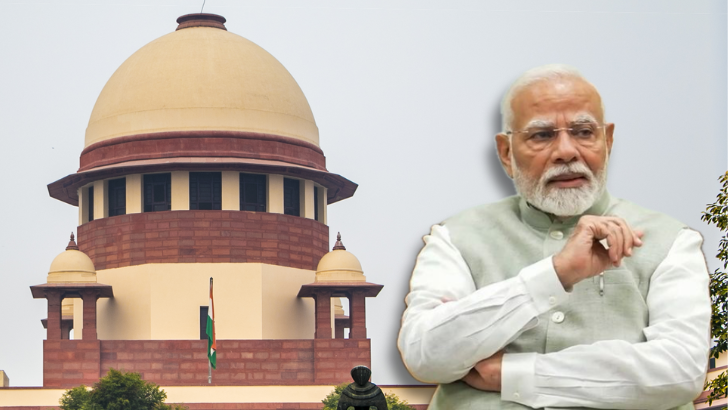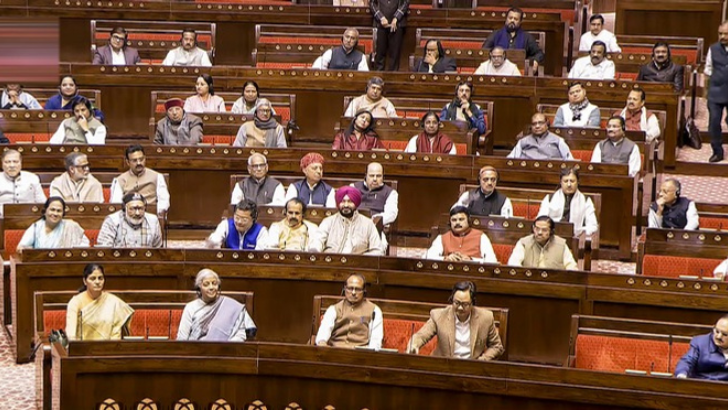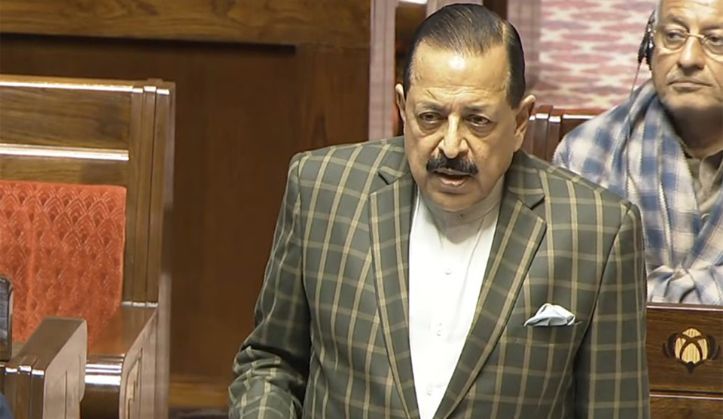States have legislative competence to levy taxes on minerals-bearing lands: SC
The verdict will give a boost to mineral-rich states like Jharkhand and Odisha as they urged the top court to decide on recovery of taxes worth thousands of crores rupees levied by the Centre on mines and minerals, till now
PTI
-
Representative Picture
New Delhi, 25 July
In a setback to the Centre, Supreme
Court on Thursday held that royalty payable on minerals is not a tax and states
have the legislative competence to impose taxes on mines and minerals-bearing
lands.
The verdict will give a boost to
mineral-rich states like Jharkhand and Odisha as they urged the top court to
decide on recovery of taxes worth thousands of crores rupees levied by the
Centre on mines and minerals, till now.
The states urged the top court to
make the verdict operational with retrospective effect to ensure refund of the
taxes from the Centre. However, Solicitor General Tushar Mehta, appearing for
the Centre, vehemently opposed the submissions and sought that the verdict be
made effective prospectively.
A nine-judge bench headed by Chief
Justice DY Chandrachud asked the Centre and the states to file written
submissions on this aspect, and said that it will decide the issue on 31 July. By
a majority verdict of 8:1, the nine-judge Constitution bench held that royalty
payable on minerals is not a tax.
Chief Justice DY Chandrachud, who
read out the verdict for himself and seven judges of the bench, held that
Parliament does not have the power to tax mineral rights under Entry 50 of the
List II of the Constitution. Reading the operative part of the majority
verdict, the CJI said the 1989 verdict of the apex court's seven-judge
Constitution bench, which had held that royalty is tax, is incorrect.
"Royalty is not within the
nature of tax as it is a contractual consideration paid by the lessee for the
mining lease. Both royalty and dead rent do not fulfil the characteristics of
tax. The judgement in India Cements (1989 verdict) holding royalty to be a tax
is overruled," the CJI said.
Royalties are payments that the
user party makes to the owner of an intellectual property or real property
asset.
Under Entry 49, states have the
power to levy taxes on lands and buildings, while Entry 50 allows states to
impose taxes on mineral rights subject to any limitations imposed by Parliament
by law relating to mineral development.
The CJI said the Mines and Minerals
(Development and Regulation) Act (MMDRA), 1957 does not limit the states from
imposing taxes on mines and mineral development. "There is no specific
provision in the MMDR Act imposing limitations on the taxing powers of the
State. Royalty under MMDRA is not in the nature of a tax," the bench said,
adding "States have legislative competence to tax mines, minerals and
mineral bearing land."
At the outset, the CJI said the
bench has delivered two separate verdicts and Justice B V Nagarathna has given
dissenting views. Reading out her verdict, Justice Nagarathna said the states
do not have the legislative competence to levy taxes on mines and minerals
bearing lands.
The bench decided the hugely
contentious issue of whether the royalty payable on minerals is a tax under the
MMDRA, and if only the Centre is vested with the power to levy such exaction or
states also have the authority to impose levies on mineral bearing land in
their territory.
Besides the CJI and Justice
Nagarathna, the other members of the bench are justices Hrishikesh Roy, Abhay S
Oka, JB Pardiwala, Manoj Misra, Ujjal Bhuyan, Satish Chandra Sharma and
Augustine George Masih.
The nine-judge bench of the apex
court began hearing the complex matter on February 27 because of two apparently
conflicting constitution bench decisions on the issue.
The case has its roots in a dispute
between India Cement Ltd and the Tamil Nadu government. India Cement secured a
mining lease in Tamil Nadu and was paying royalty to the state government.
The state government then imposed a
cess in addition to royalty on India Cement, which moved the Madras High Court
against the measure, contending that a cess on royalty meant a tax on royalty
which was beyond the remit of the state legislature.
The TN government argued the cess
was by way of land revenue and on mineral rights, which it was empowered to
impose. A 7-judge bench had decided in favour of India Cement in 1989. It had
ruled the Centre was the primary authority under the MMDRA.
It held that states can collect
royalty under the MMDRA but cannot impose further tax on mining and mineral
development. "......royalty is a tax, and as such a cess on royalty being
a tax on royalty, is beyond the competence of the State Legislature....,"
the top court had held.
However, in 2004, a five-judge
constitution bench, while hearing another dispute over imposition of cess on
land and mining activities between the state of West Bengal and Kesoram
Industries Ltd held there was a typographical error in the 1989 verdict and
that royalty was not a tax. It said the phrase "royalty is a tax"
should instead be read as "cess on royalty is a tax" and that the
1989 judgement held that royalty is not a tax.
Over 80 more petitions were filed
in the Supreme Court over the years, and since the India Cement matter was
dealt with by a seven-judge bench, the matter was referred to a nine-judge
bench to decide whether royalty is a type of tax or there was an error in the
India Cement case judgement.
While States' defended their right
to impose tax on land and mineral activity during the 8-day long hearing, the
Centre, mining companies and public sector undertakings had contested the
contentions, saying only Parliament can impose taxes on minerals by virtue of
the MMDRA and states are completely denuded of the power to levy any taxes on
mines and minerals.
Leave a Reply
Your email address will not be published. Required fields are marked *











.png)
.png)
.jpg)


.png)


.png)
